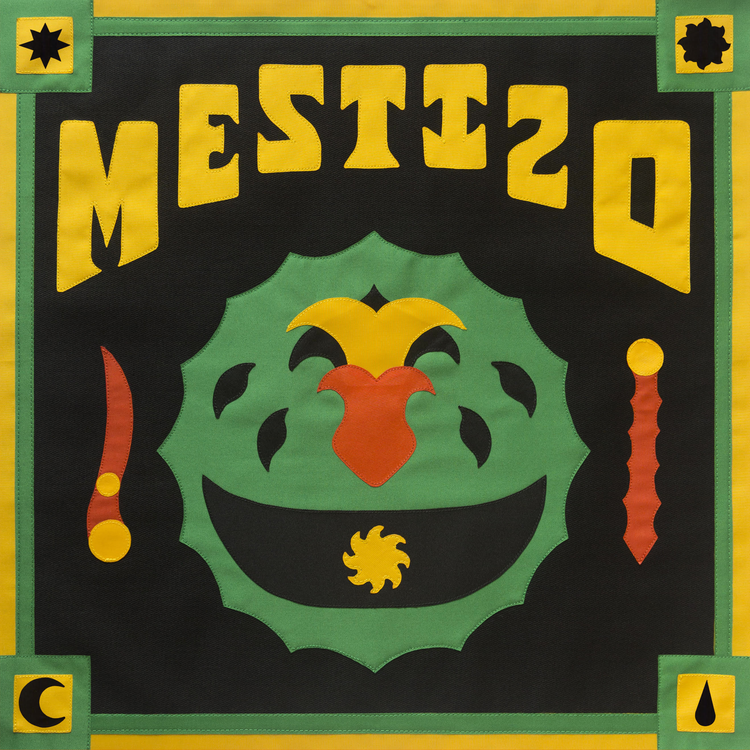
Artist Overview
# Rock
# Pop
# Jazz
Mestizo is a term traditionally used in Spain, Latin America and the Philippines that originally referred to a person of combined Spanish and Native American descent, regardless of where the person was born.The term was used as an ethnic/racial category in the casta system that was in use during the Spanish Empire's control of its American and Asian colonies.Nowadays though, particularly in Latin America, mestizo has become more of a cultural term, with culturally mainstream Latin Americans regarded or termed as mestizos regardless of their actual ancestry and with the term Indian being reserved exclusively for people who have maintained a separate indigenous ethnic identity, language, tribal affiliation, etc. Consequently, today, the vast majority of Spanish-speaking Latin Americans are regarded as Mestizos. The term mestizaje – taking as its root mestizo or mixed – is the Spanish word for miscegenation, the general process of mixing ancestries. To avoid confusion with the original usage of the term mestizo, mixed people started to be referred to collectively as castas.In some Latin American countries, such as Mexico, the concept of the mestizo became central to the formation of a new independent identity that was neither wholly Spanish nor wholly indigenous and the word "mestizo" acquired its current meaning, with it being used by the government to refer to all Mexicans who do not speak indigenous languages, including people of complete European or indigenous descent as well as Asians and Africans. In colonial Venezuela, pardo was more commonly used instead of mestizo.Pardo means being mixed without specifying which mixture; it was used to describe anyone born in the Americas whose ancestry was a mixture of European, Amerindian and black African. In the Spanish system of racial hierarchy, the sistema de castas, mestizos/pardos, who formed the majority, had fewer rights than the minority elite European-born persons called peninsulares, and the minority white colonial-born whites criollo, but more rights than the now-minority indio, negro, mulato and zambo populations. The Portuguese cognate, mestiço, historically referred to any mixture of Portuguese and local populations in the Portuguese colonies.In colonial Brazil most of the non-slave population was initially mestiço de indio, i.e. mixed white and native Brazilian.There was no descent-based casta system, and children of upper class white landlord males and female slaves would enjoy privileges higher than the ones given to the lower classes, such as formal education, though such cases were not so common and they tended to not inherit property, generally given to the children of free women, who tended to be legitimate offspring in cases of concubinage (also a common practice, inherited from Amerindian and African customs).In Portuguese India also, the mixed population was known as mestiços and the local Indian Christians as indiacatos. In the Philippines, which was a colony of Spain, the term mestizo came to refer to a Filipino with any foreign ancestry, especially white, and usually shortened as Tisoy. In Canada, the Métis people is a distinct community composed of the descendants of Europeans (usually French, sometimes Scottish or English) involved in the fur trade and North American Indigenous peoples of what is now Western Canada. In Saint Barthélemy, the term mestizo refers to people of mixed European (usually French) and East Asian ancestry.